At the ATN Innovation Summit, Geisler spoke about the future of Sequel Brands. But he also spoke about what he views as an even more important cause: making fitness a bigger part of American life
Anthony Geisler has big plans for Sequel Brands, his newly launched boutique fitness franchising company. But he also has big plans for the fitness industry as a whole – and the entire United States.
Geisler took the stage at the ATN Innovation Summit 2025 this month, delivering one of the event’s keynote speeches. During the speech, Geisler shed light on the formation of Sequel while outlining his plans for the new company. He also called upon fitness industry leaders to set aside their personal political beliefs and come together to make “movement” a bigger part of American life, even if that means wading into the murky world of politics.
On the Birth of Sequel Brands
Last month, Geisler officially launched Sequel Brands to much fanfare.
A DJ in high school, Geisler shared that he almost named the company “Aftermath” in homage to Dr. Dre’s record label and 1996 album. Ultimately, he and his team decided on Sequel Brands, a somewhat subtle nod to the fact that this is Geisler’s second major boutique fitness franchising brand after Xponential Fitness.
“We started to build this company, Sequel, about a year ago, really, to kind of culminate everything done in fitness,” Geisler said. “But this time, we wanted to do something bigger, we wanted to do something more innovative and we wanted to actually go lead the industry.”
Sequel launched with four boutique fitness brands under its umbrella: Pilates Addiction, iFlex Stretch Studios (assisted stretching) Beem Light Sauna (infrared sauna and red light therapy) and Body20 (EMS fitness). A fifth brand is coming soon, Geisler shared.
In the future, Sequel’s portfolio could become even bigger than that.
“I don’t know if we’ll stop at five – we’ll see,” Geisler said, hinting at bigger expansion plans for Sequel.
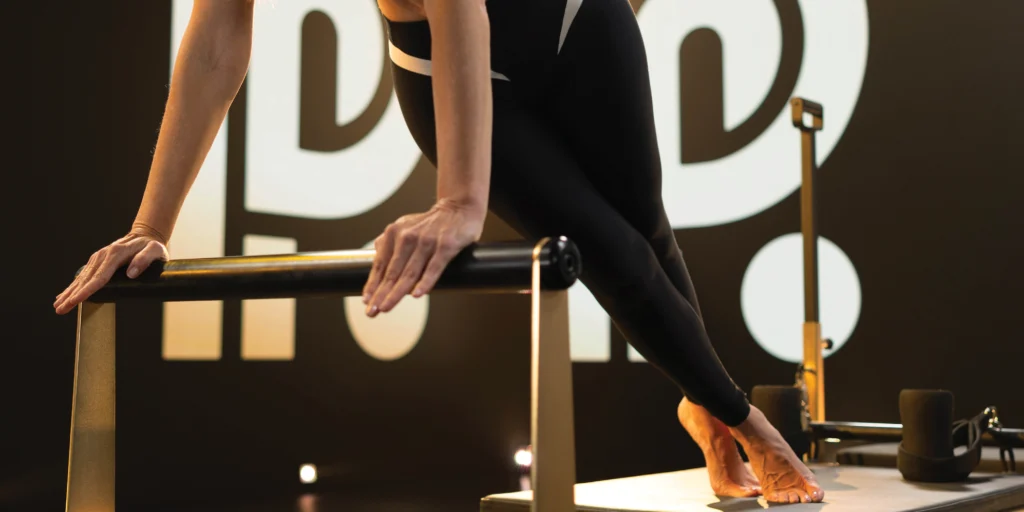
On the Fitness Industry’s Movement Opportunity
The first half of Geisler’s keynote was dedicated to Sequel. The second half was dedicated to what he views as an even more important cause: making fitness a bigger part of American life, and in turn, improving the lives of millions of people, especially children.
Geisler pointed to the critical role movement plays in general health and disease prevention. Despite this fact, he noted that fitness is still treated as an “afterthought” in government conversations around how to “Make America Healthy Again.”
Geisler shared that he’s working with U.S. government officials to create a “fitness commission” that aligns with the “Make America Healthy Again Movement,” or as he calls it, the “Make America Move Again” initiative. While the MAHA movement is a touchy subject for many, the Sequel Brands founder urged audience members to put their political beliefs aside and embrace his mission.
“Five years ago, literally, our entire industry was illegal,” Geisler said, pointing to the “prohibition of fitness” as gyms and studios were locked down during COVID.
He said his goal to get the fitness industry a bigger seat at the table in Washington, D.C., will stand true no matter who’s in office.
“This isn’t a one-year plan or a two-year plan,” Geisler said. “This is a (long-term) plan to continue to push fitness into the White House, into the mainstream.”
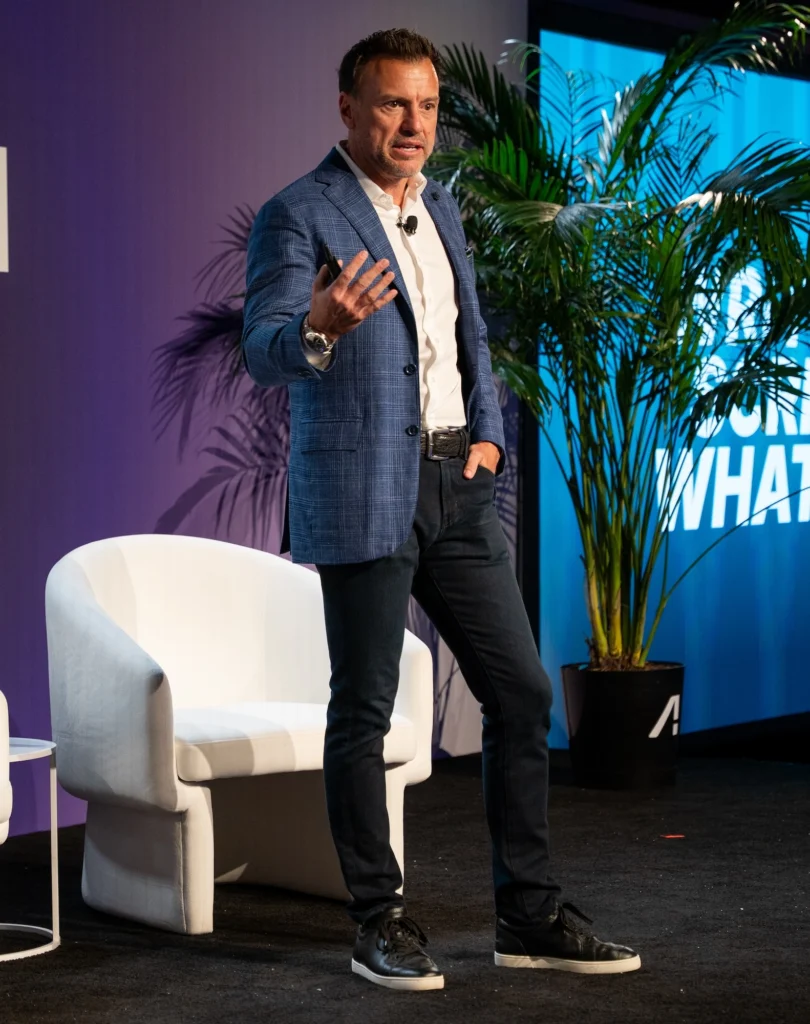
Why Boutique Fitness Might Be The Key To Unlocking Movement
While Geisler noted that getting Americans to move more is a complex societal, cultural (and yes, political) issue, he believes the fitness industry has an important role to play.
“We need options – one size doesn’t fit all,” he said. “A lot of this is just about getting off the couch. And that’s what I like (about) what we’re doing at Sequel, what everybody is doing in boutique fitness. Whether it’s an EMS suit, whether you want to go do Pilates, whether it’s yoga … it’s about removing excuses and getting people different entry points into movement.”
“A lot of people don’t know how to work out … and then it’s the execution of actually doing it,” he added. “That’s why personal training is great, because they teach you how to do it, and then they make you show up at noon.”
Boutique fitness can serve as a more accessible way to get people into daily movement and exercise, Geisler argued, since group fitness classes cost less than hiring a personal trainer.
“Boutique fitness is great because you do get that education, and you do have to show up at noon, but it’s technically less expensive than actually having a personal trainer five days a week or seven days a week, however often you work out,” he said.

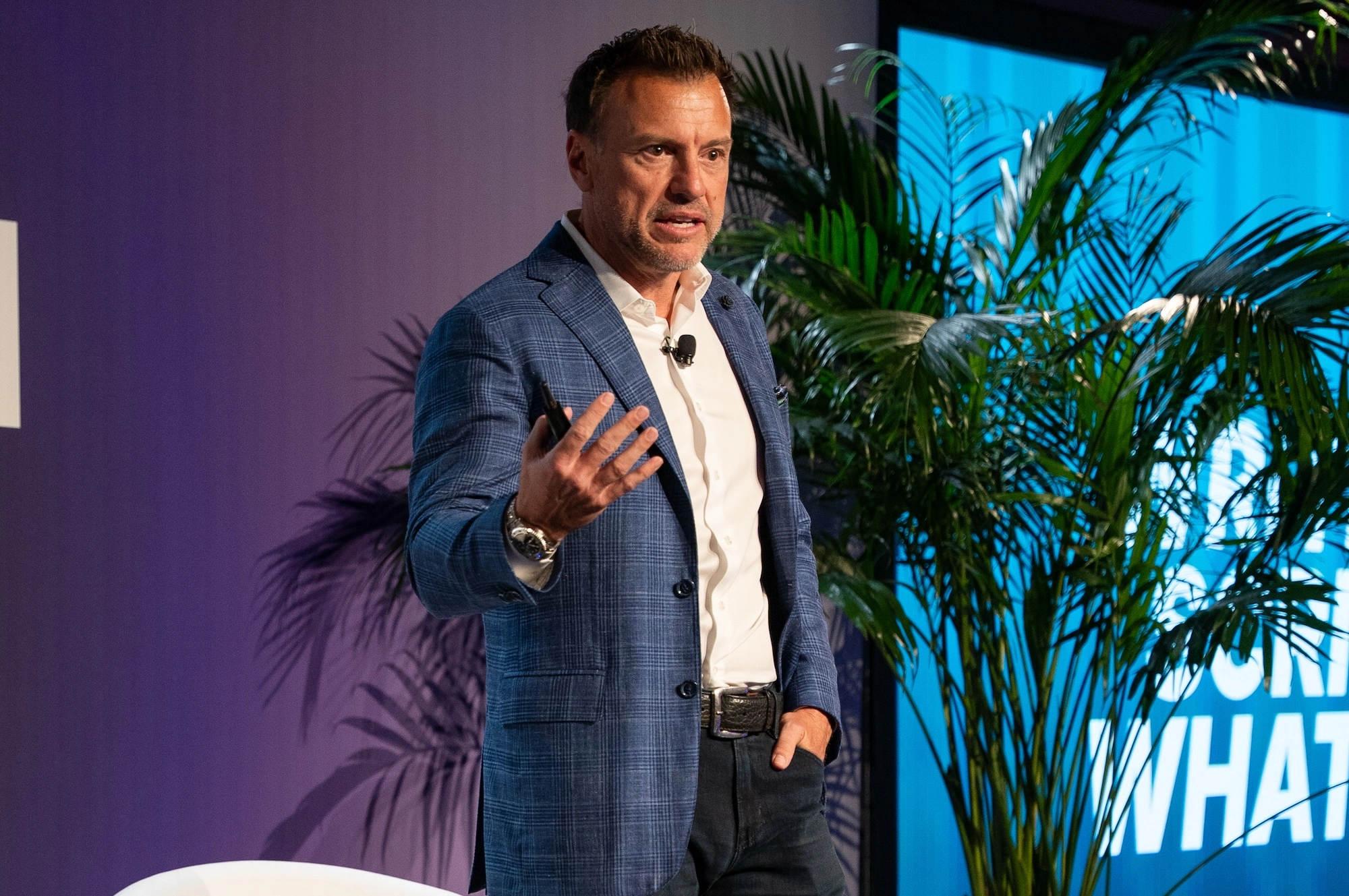
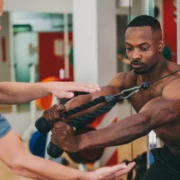

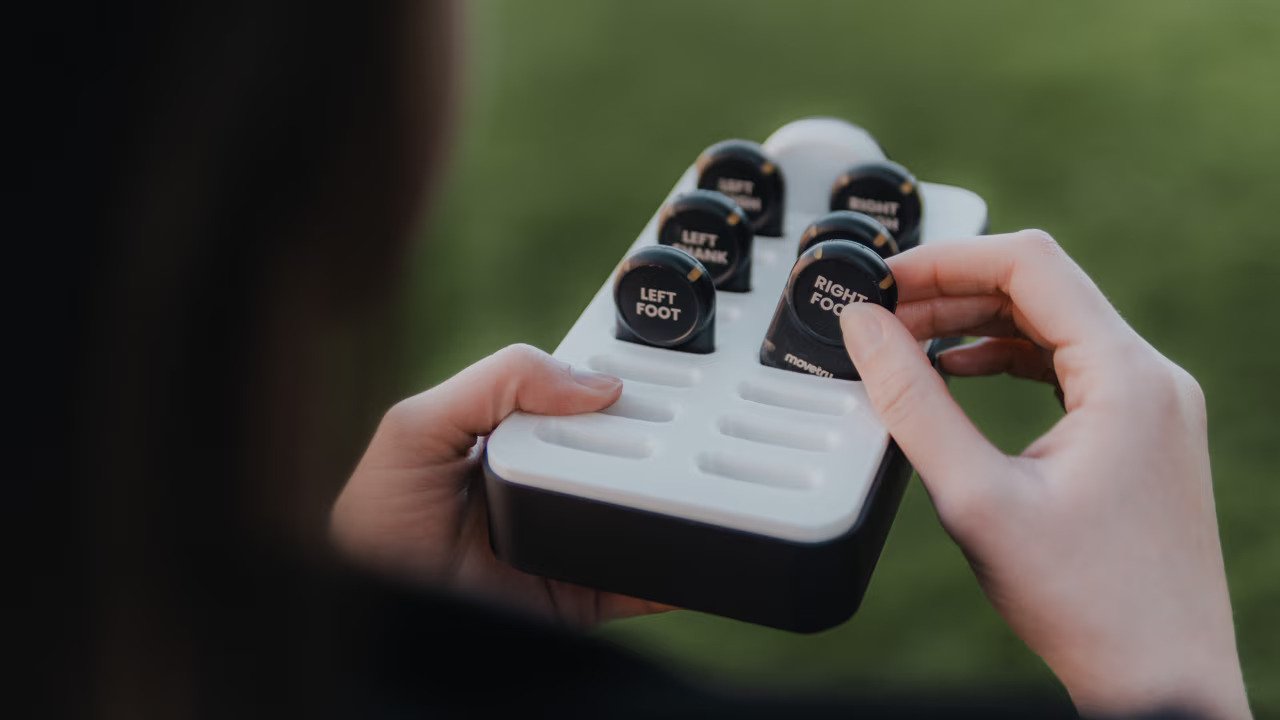




 He will play a central role in integrating AI into both new and existing JWP Connatix products, helping broadcasters, publishers, and advertisers unlock deeper insights, automations, and monetization opportunities across online video and connected TV.
He will play a central role in integrating AI into both new and existing JWP Connatix products, helping broadcasters, publishers, and advertisers unlock deeper insights, automations, and monetization opportunities across online video and connected TV.


















































